Welcome to the captivating realm of Mahjong rules for beginners! This ancient Chinese game has captured hearts worldwide for its blend of strategy, skill, and a bit of luck. Whether you’re a total newcomer or you’ve dabbled a bit, this beginner’s guide is your ticket to understanding the game from the ground up.
Imagine gathering around a table with three friends, or perhaps family, each player determined to outwit the others. You’ll feel the click of tiles, the thrill of forming sets, and the excitement of declaring Mahjong—a winning hand. And guess what? Mahjong is easier to learn than you might think!
In this article, we’re breaking down the basics in a friendly, step-by-step way. We’ll guide you through the equipment you need, the fascinating tiles you’ll play with, and the core rules that make Mahjong a captivating experience. By the end, you’ll be well on your way to mastering this timeless game.
So, let’s dive in and discover the joy of Mahjong together!

*This post may contain affiliate links, which means, that if you make a purchase through those links, we may earn a small comission at no extra cost to you. Please read the full dislosure here.
Getting Started
Mahjong, like any great adventure, starts with the right setup. Here, we’ll guide you through the first steps to get your Mahjong game underway.
The Essentials – What You Need
- Mahjong Tiles: The heart of the game! A set of 144 tiles is divided into different suits and special tiles. (Usually the set consists of 144 tiles + 2 blank tiles).
- A Table: Find a comfy spot to sit around, preferably a table that’s large enough for all players to reach the tiles easily.
- Players: Mahjong is often played by four people, but it can also be adapted for three or two players. Get your fellow adventurers ready!
Setting the Stage
Now, let’s talk about how the tiles are set up for the game:
- The Wall: Imagine building a wall made of tiles. This wall is usually two tiles high and 17 tiles long. In the middle of the wall, there’s a gap. It’s like the Great Wall of China for Mahjong!
- Seating: Each player is assigned a direction – East, South, West, and North. The player designated as “East” goes first, and the others follow in a counterclockwise direction.
With the equipment ready and your party seated, you’re all set to dive into the exciting world of Mahjong. In the next section, we’ll get to know these intriguing tiles up close and personal.
Understanding the Tiles
Mahjong tiles are like puzzle pieces waiting to be matched. In this section, we’ll take a closer look at these intriguing tiles.
Different Types of Tiles
Mahjong tiles come in various flavors, and understanding them is key to playing the game. Here’s what you need to know:
Bamboo, Characters, and Circles: These are the numbered tiles, and they come in sets of 1 to 9 in each suit. They look like sticks (Bamboo), Chinese characters, and dots (Circles). There are four of each tile in a standard set, making a total of 108 numbered tiles.
Honors: Honors include Wind tiles (North, South, East, and West) and Dragon tiles (Red, Green, and White). They’re like the celebrities of the tile world. Wind tiles have Chinese characters on them, and Dragon tiles have, well, dragons!
Bonus Tiles: You might come across Bonus Tiles like Flowers and Seasons, which vary depending on regional rules. These are like special events in your game.
Each player starts with 13 tiles. To learn more about mahjong tiles, follow this article.
Visual Guide
Take a look at the tiles, if you have them handy. Try to spot the differences between the suits, the honors, and the bonus tiles. Familiarity with the visuals will help you as you play.
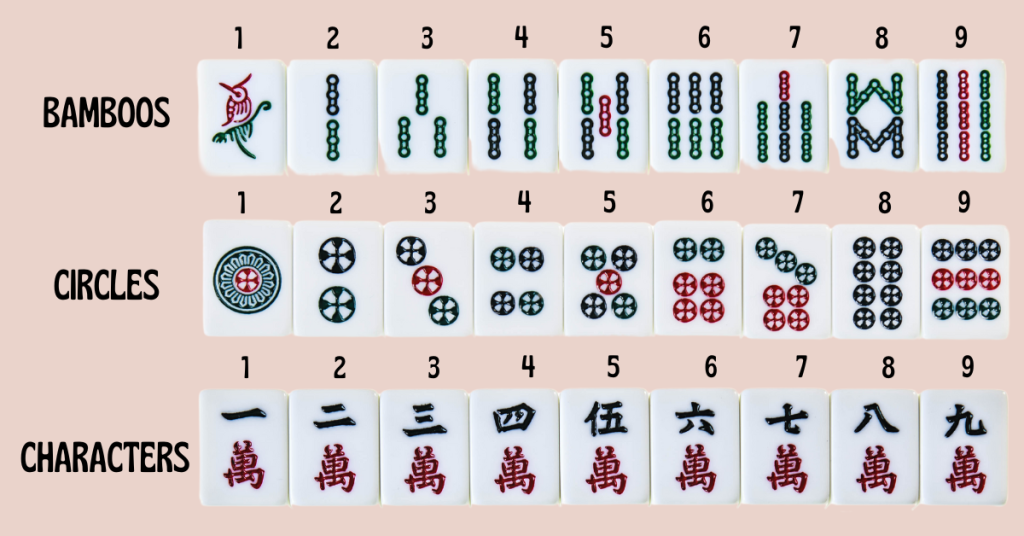
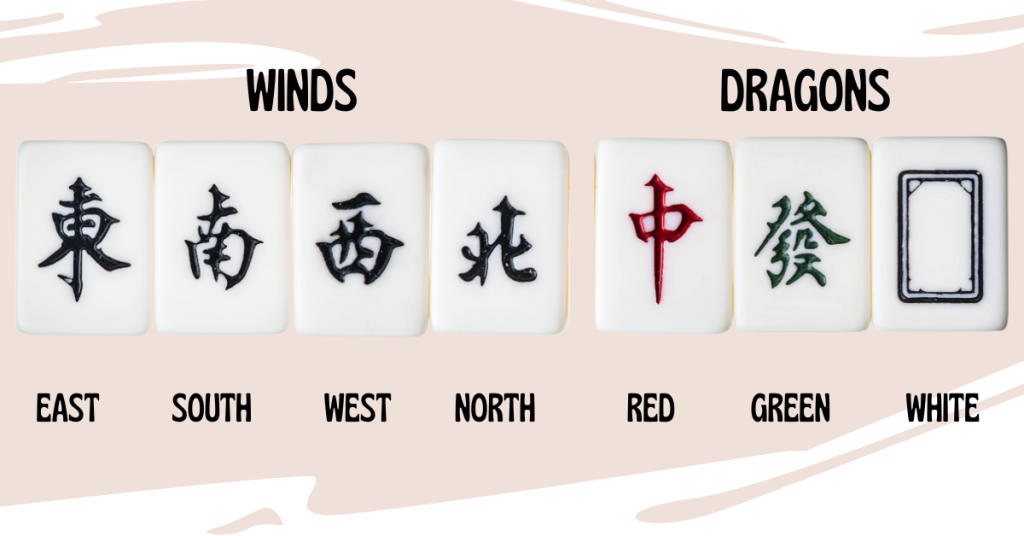
Here’s a tip: Each suit (Bamboo, Characters, and Circles) has its unique design for numbers, and they are color-coded. This makes it easier to spot the differences between suits.
Now that you’ve got a handle on the types of tiles, you’re ready to delve into how to use them in your Mahjong adventure. In the next section, we’ll explore how to deal these tiles and get the game rolling!
Dealing the Tiles
In this section, we’ll uncover how the tiles are distributed, who gets to be the “East,” and how the adventure begins.
Determining the Dealer
In Mahjong, the dealer plays a significant role. The dealer starts the game, and their job is to mix the tiles well and build the wall. Typically, the dealer is chosen randomly, often by rolling dice or drawing lots. If you’ve got a dice or a set of cards, it can be a fun way to decide who gets the honor of being the dealer for the first round.
Building the Wall
Once the dealer is chosen, it’s time to build the Great Wall of Mahjong! Imagine the wall as two layers of tiles, stacked two tiles high, 17 tiles long, and arranged in a rectangular shape. There’s a gap in the middle of the wall, and this gap is crucial because it’s where players will draw their tiles from.
Distributing the Tiles
With the wall set up, the dealer starts the game by drawing the first tile. Then, the tiles are distributed clockwise, one by one, until each player has 13 tiles. So, everyone begins with the same number of tiles to kick off the adventure.
Now that you know how to get started, in the next section, we’ll jump into the core gameplay – how you draw and discard tiles, and the excitement of forming sets and sequences! It’s where the real magic of Mahjong happens.
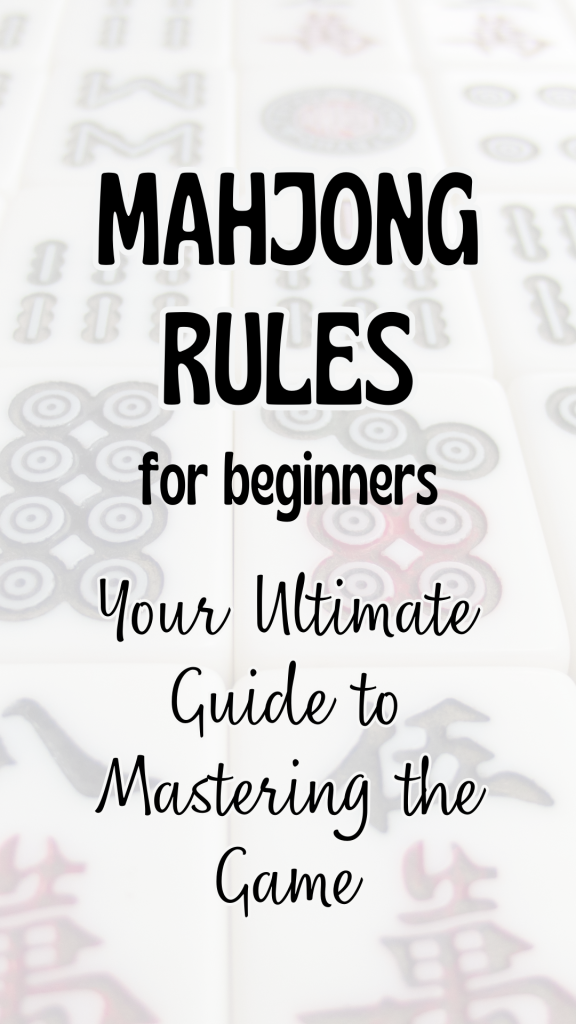
Basic Gameplay
Now that the stage is set, and you have your tiles in hand, it’s time to dive into the core gameplay of Mahjong. Get ready for the adventure!
Taking Turns: Draw and Discard
In Mahjong, each player takes their turn in a counterclockwise direction. The player to the right of the dealer goes first. During your turn, you have two actions:
Draw: You can pick a tile from the wall, either from the end near the dealer or from the middle gap. This tile becomes part of your hand.
Discard: After you’ve drawn a tile, you must then discard one tile from your hand, placing it face-up in the center of the table. The other players can see your discarded tiles, and this is where the strategy comes in.
The player who draws a tile from the wall can choose to keep it or discard it. If a player discards a tile that another player needs to complete a set, they can call “pong,” “chow,” or “kong” and take the tile. A player can only call a tile if it allows them to complete a set and needs to declare it by placing the three/four tiles face up in front of them.
Building Sets
The heart of Mahjong is to build sets of tiles by matching them. A set consists of three or four tiles of the same suit and rank. There are three types of sets: pongs, chows, and kongs.
- Pongs: A pong is a set of three identical tiles. For example, three 6 Bamboo tiles make a pong.
- Kongs: A kong is a set of four identical tiles.
- Chows: A chow is a sequence of three consecutive tiles in the same suit. For instance, 2, 3, and 4 Characters form a chow.
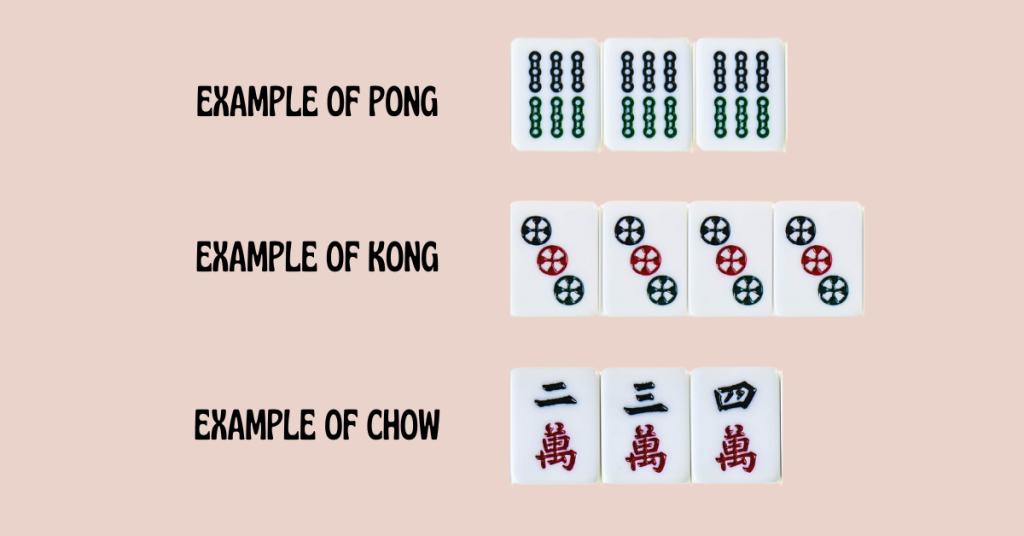
The Quest for Mahjong
The ultimate goal in Mahjong is to achieve Mahjong, which means forming a complete hand with four sets (pongs, chows, and kongs) and a pair of identical tiles. When you achieve Mahjong, you declare it and win the round.
Youtube video tutorial
If you prefer visual learning, we’ve discovered an incredibly helpful and beginner-friendly video that explains mahjong gameplay. Click here to watch the video and dive into the world of mahjong with ease.
Tip for beginners: If you’re about to play Mahjong for the first time, I recommend stopping here for now, as delving into more advanced information might be overwhelming at this stage.
With the basics rules of mahjong under your belt, the adventure continues! In the next section, we’ll explore special tiles and patterns that add intrigue and excitement to the game. Mahjong is more than just matching tiles; it’s about strategy, skill, and a bit of luck. Get ready for a thrilling ride!
Special Tiles and Patterns
Mahjong is not just about matching tiles; it’s also about understanding special tiles and recognizing unique patterns. In this section, we’ll delve into these intriguing aspects of the game.
The Honors and Terminals
Honors: Imagine Wind tiles (North, South, East, and West) as the direction tiles. These are considered the “celebrities” of Mahjong and have unique Chinese characters on them. Additionally, you have Dragon tiles (Red, Green, and White) featuring, you guessed it, dragons!
Terminals: Terminals are the “end” tiles, specifically the 1s and 9s of each suit. They carry extra significance and can earn you additional points. Think of them as the special tiles at the corners of your Mahjong adventure.
Bonus Tiles – Flowers and Seasons
Some variations of Mahjong include special Bonus Tiles like Flowers and Seasons. They add an extra layer of excitement to the game. Flowers represent the four seasons, while Seasons are, well, just that – seasons! These tiles can earn you additional points if you collect matching sets or sequences of them.
For the purposes of simplicity, we will be focusing on the honor and suit tiles in this blog post and ignoring the bonus tiles, which are not used in every game of mahjong.
Patterns and Combinations
Beyond the standard sets and sequences, there are special patterns that can score you extra points. Some of these include:
- All Pongs: Forming a hand with all pongs (sets of three identical tiles) can earn you bonus points.
- All Honors: If your hand consists of only honor tiles (winds and dragons), you might be in for a significant point boost.
- Little Three Dragons: This pattern involves having two sets of dragons and a pair of the third dragon. It can be a game-changer.
These special tiles and patterns add depth and strategy to your Mahjong adventure, making the game more intriguing with each round.
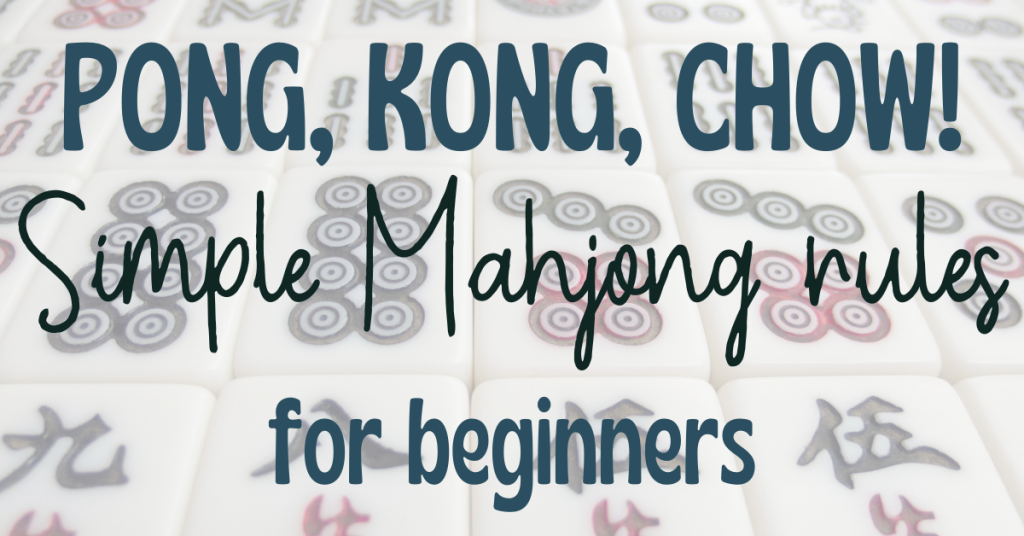
Common Rules and Variations
Mahjong is an adventure with many paths, and regional variations can add exciting twists to the game. In this section, we’ll explore some common rules and popular variations you might encounter in your Mahjong journey.
Regional Variations
Mahjong has traveled far and wide, leading to various regional rule sets. Some of the most well-known regional variations include Chinese, Japanese, and American Mahjong.
Chinese Mahjong, also known as “Majiang,” is the most classic and widely played version. Japanese Mahjong, or “Riichi,” is known for its emphasis on strategic play, and American Mahjong incorporates elements like the Charleston and Jokers.
House Rules
In addition to regional rules, many players have their own “house rules.” These are unique variations or adaptations of the standard rules that a group of friends or family might enjoy. For example, you might have specific rules about how to deal with bonus tiles or scoring.
House rules add a personal touch to the game and make each Mahjong gathering a bit different from the last.
Picking Your Mahjong Path
When playing with others, it’s essential to discuss and agree upon the specific rules you’ll be following. Different groups may have different preferences, so communication is key to ensure a smooth and enjoyable game.
Don’t be surprised if you encounter new rules or variations. Mahjong is a diverse game, and learning new variations can be part of the fun. With an understanding of these common rules and variations, you’re prepared to adapt to different Mahjong adventures and discover the unique charms each version offers. In the next section, we’ll offer some beginner-friendly strategies to help you navigate the game and become a more skilled player
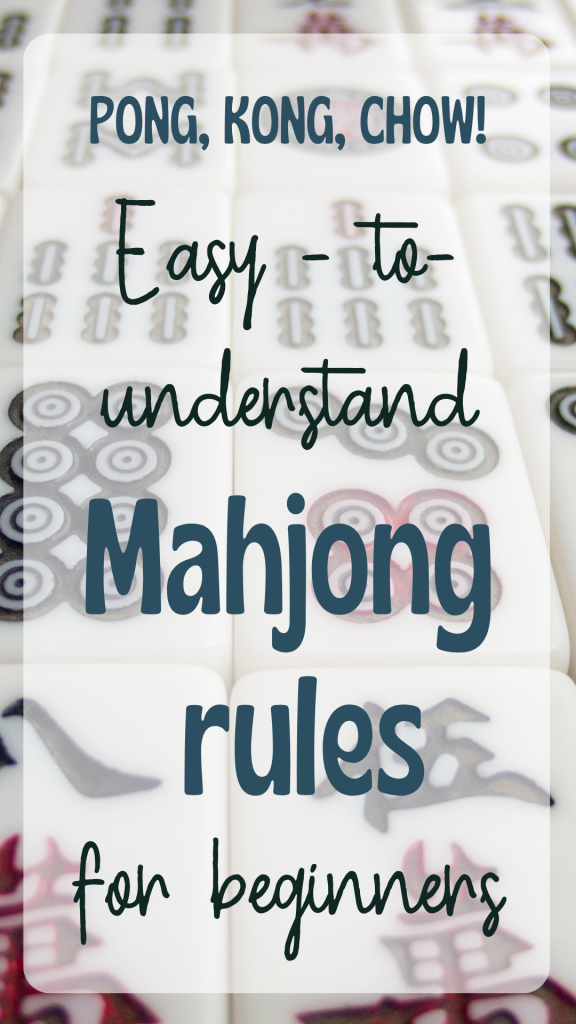
Strategy Tips for Beginners
Congratulations on reaching this point in your Mahjong journey! Now that you’re familiar with the rules and gameplay, let’s talk about some beginner-friendly strategies that will set you on the path to becoming a Mahjong master.
Tile Conservation
One of the key strategies in Mahjong is tile conservation. Try not to discard tiles that could potentially complete a set you need. Keep an eye on what your opponents are discarding too, as this can give you clues about which tiles are safe to discard.
It’s like solving a puzzle. The more complete your hand becomes, the closer you are to declaring Mahjong.
Hand Structure
Think about the structure of your hand. Try to organize your tiles in sets and sequences right from the beginning. It will help you see which tiles you need and which ones can be safely discarded.
Consider the balance of your hand. It’s a good idea to have a mix of sets, sequences, honors, and bonus tiles to increase your chances of winning.
Observe Your Opponents
Pay attention to what your fellow players are discarding. This can provide valuable information about their hands. If a player discards a tile you need, you can call it and take it to complete your set.
Remember, Mahjong is not just about your tiles but also about reading your opponents and predicting their moves.
Practice Makes Perfect
Like any skill, practice is essential. The more you play, the better you’ll become at recognizing patterns, understanding the tiles, and making strategic decisions.
You might not win every game, but each game is a learning experience that brings you closer to mastery.
Don’t be discouraged if you lose; the fun is in the journey, and you’ll improve over time.
Adapt and Learn
Finally, don’t be afraid to adapt your strategies and learn from your experiences. Mahjong is a game of continuous learning and refinement.
Explore different variations, play with different people, and enjoy the evolving adventure that is Mahjong.
For more in-depth insights into Mahjong rules for beginners, you can explore detailed literature available here (International Rules) or here (American Mahjong Rules) These resources provide additional advice, strategies, and nuances to help you further enhance your understanding and enjoyment of the game.
With these beginner-friendly strategies, you’re well-equipped to start your Mahjong journey. Remember, it’s not just about winning; it’s about having fun and sharing moments with friends and family. So, get out there, play some Mahjong, and enjoy the adventure!

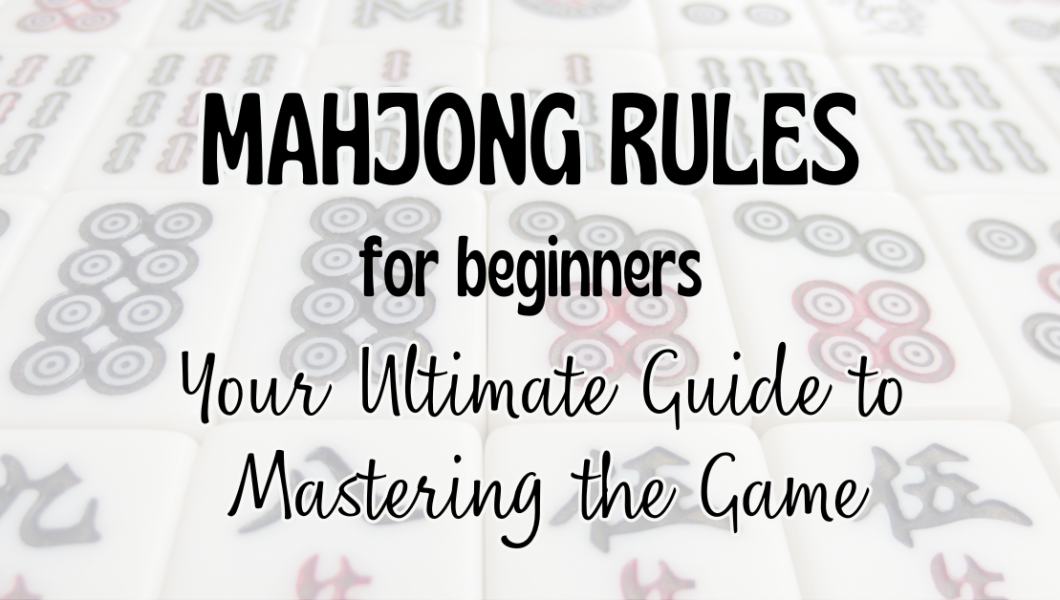
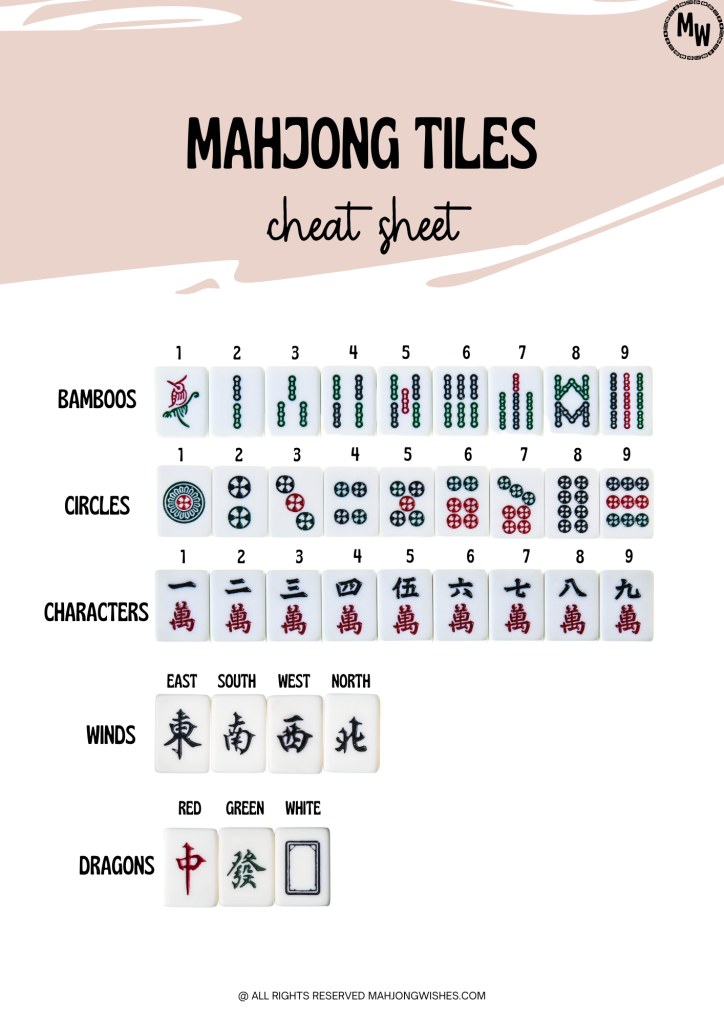


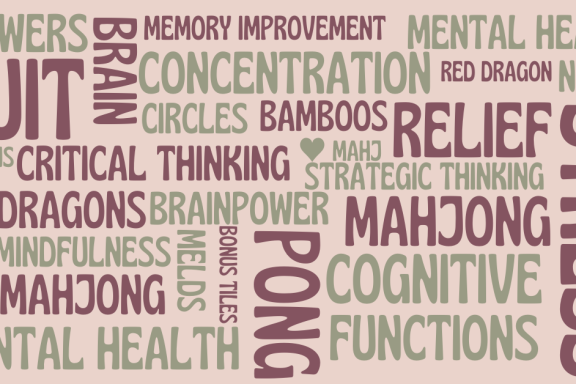
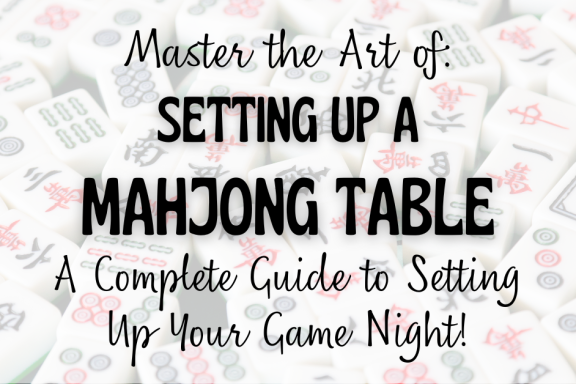
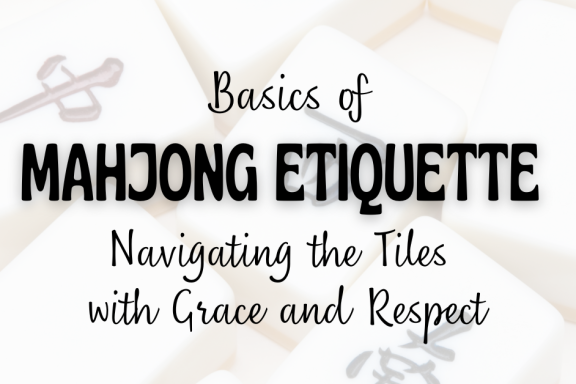
No Comments